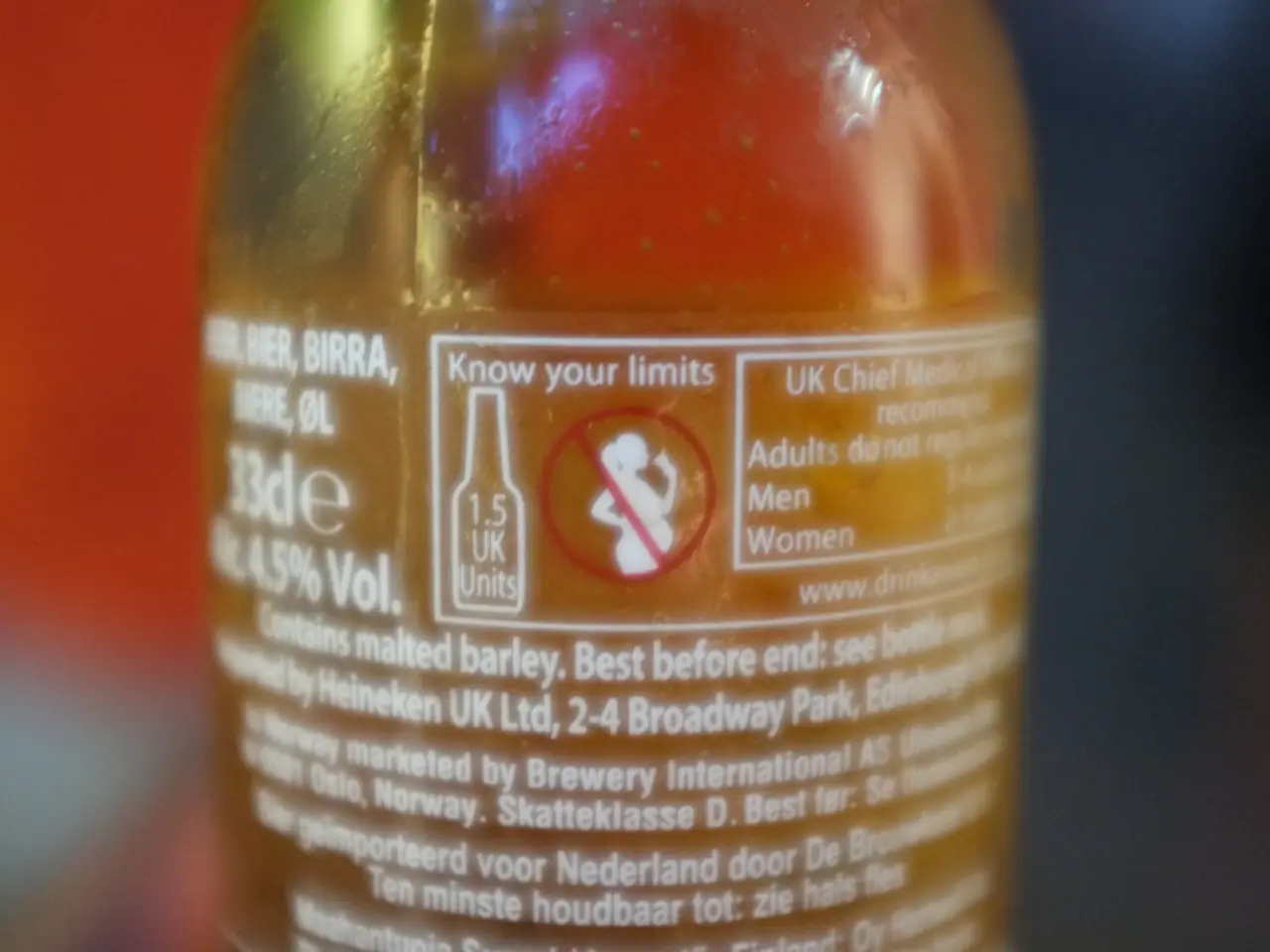Zabaicali's Food Watchdog Detects Infractions in Dairy Inspections
In a recent inspection, authorities in Zabaykalsky Krai, Russia, discovered that 18 batches of dairy products did not meet the required standards. A total of 248 samples were tested for sanitary-chemical, physical-chemical, and microbiological indicators.
Unfortunately, the search results do not provide specific information about the current sanitary standards for physical-chemical indicators and labeling of dairy products in Zabaykalsky Krai. However, it's important to note that in Russia, the safety of milk and dairy products is regulated at the federal level by the Technical Regulations of the Customs Union (TR CU) and relevant GOST standards.
For instance, the TR CU 033/2013, titled "On the safety of milk and dairy products," outlines hygienic requirements, including physical-chemical indicators like fat content, acidity, and microbiological limits, as well as labeling requirements. The labeling regulations require indicating product name, manufacturer details, composition, nutritional information, storage conditions, shelf life, and safety warnings in Russian.
Given that regional authorities like those in Zabaykalsky Krai typically implement these federal sanitary standards without significant deviation, it's reasonable to infer that the region's dairy product regulation adheres to these federal rules. For precise, localized requirements or additional regional sanitary rules, consulting the official regional health department or regulatory agency websites of Zabaykalsky Krai would be necessary.
Out of the 248 tested samples, 17 did not meet the hygienic standards for physical-chemical indicators and labeling. The total volume of seized dairy products was 82.2 liters. This incident underscores the importance of following the established sanitary and labeling regulations for dairy products to ensure consumer safety.
Science and health-and-wellness experts might take interest in the fact that a recent inspection in Zabaykalsky Krai, Russia, revealed that a portion of dairy products were found to fall short of sanitary standards. This situation emphasizes the relevance of following general-news updates on the specific sanitary requirements and labeling protocols for these products, particularly regarding physical-chemical indicators like fat content, acidity, and microbiological limits.
Lifestyle enthusiasts may want to keep a watchful eye on such incidents to have an informed understanding of the food-and-drink landscape in certain regions, like Zabaykalsky Krai, which could affect their personal choices and preferences.
As authorities work to ensure consumer safety, ongoing collaboration between local officials and food production facilities will be vital for upholding federal regulations and preventing future violations in the health-and-wellness sector.




